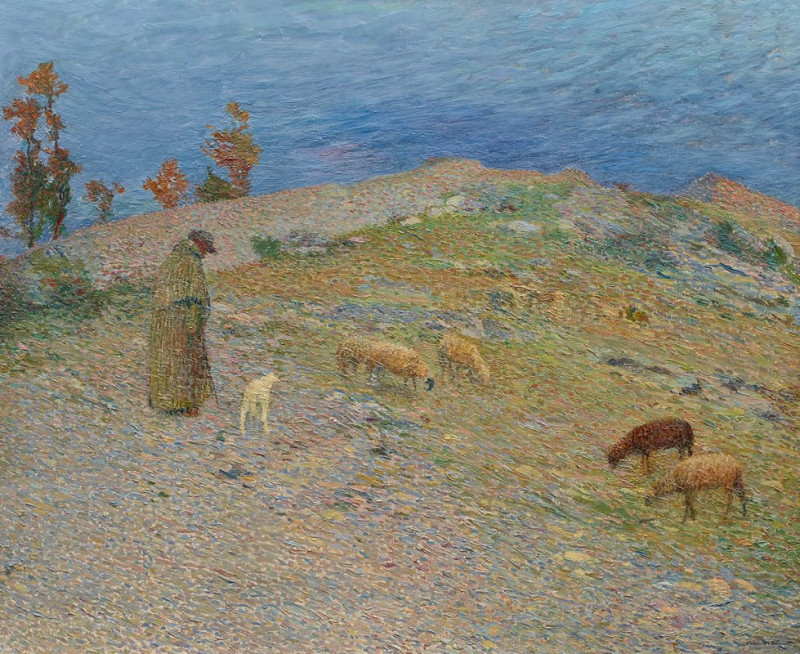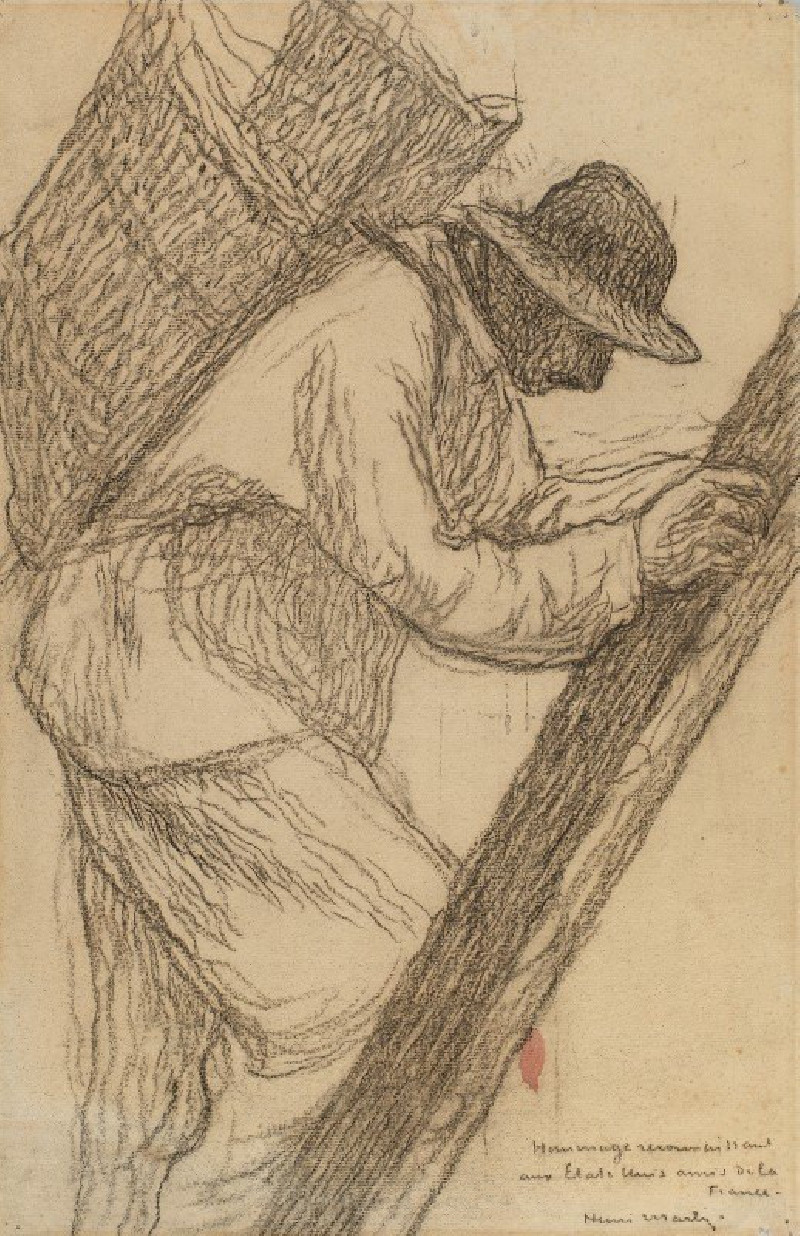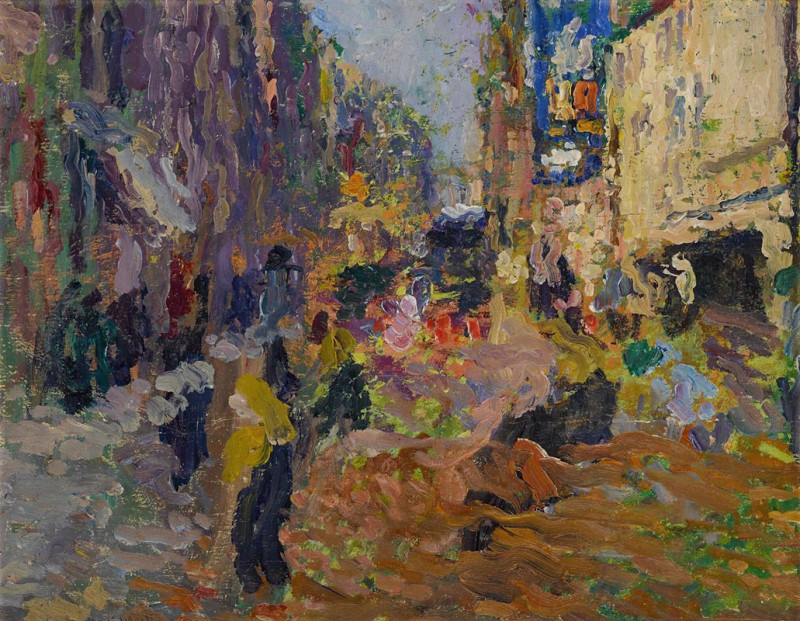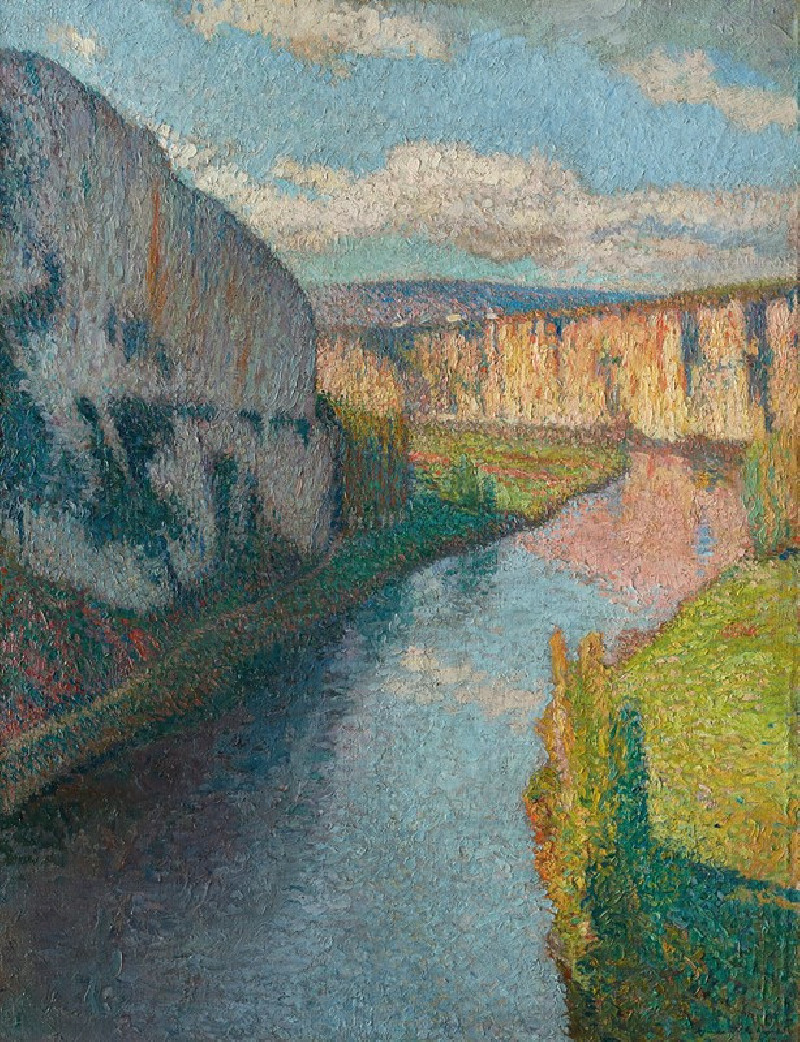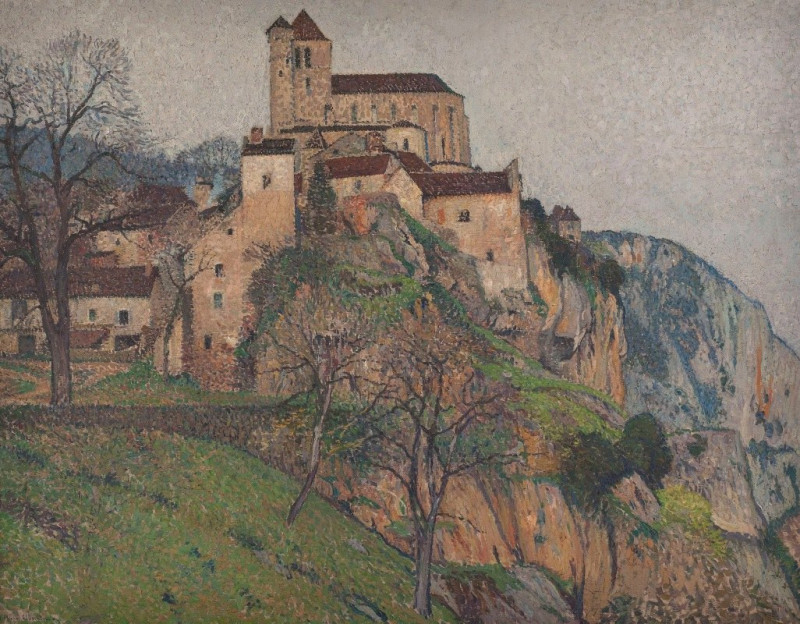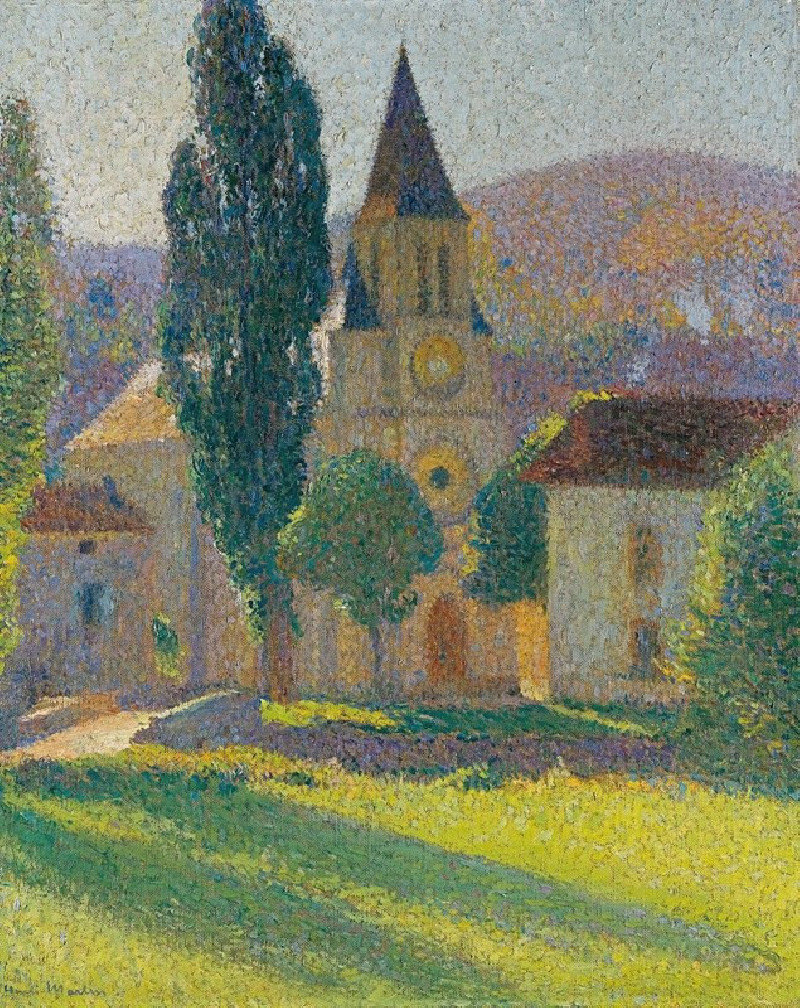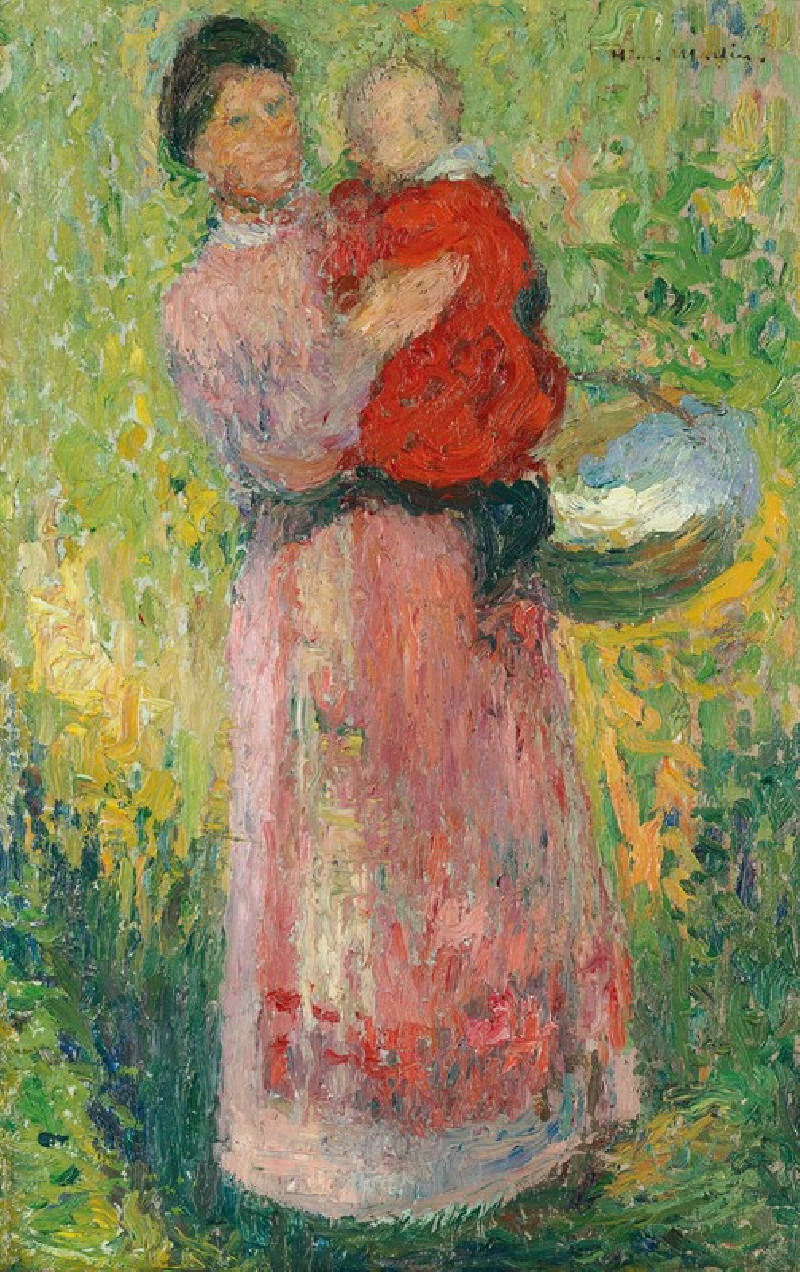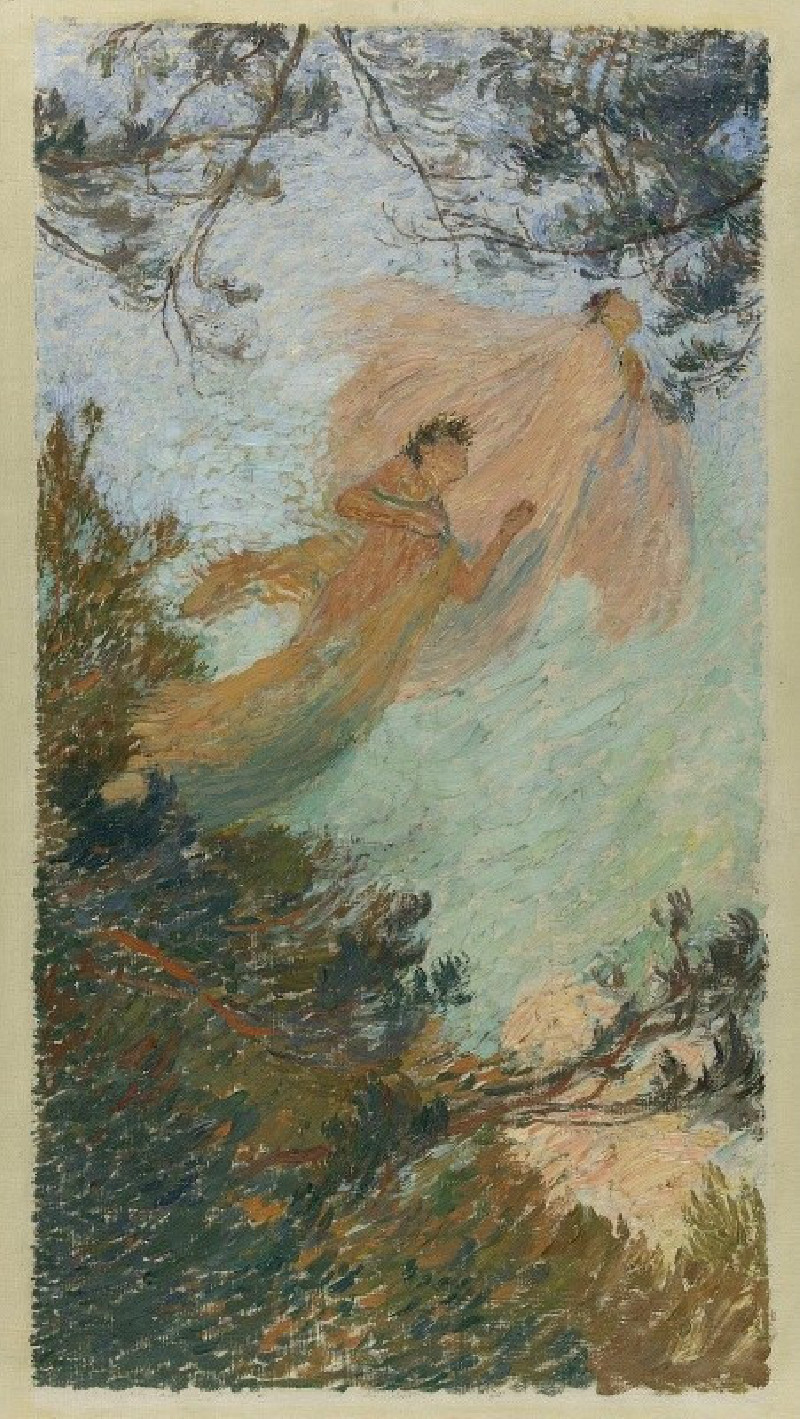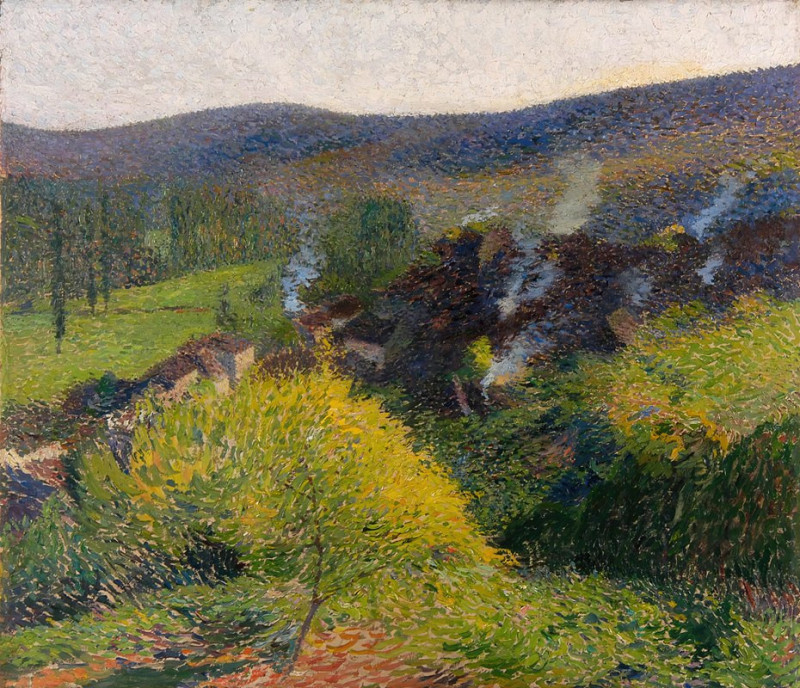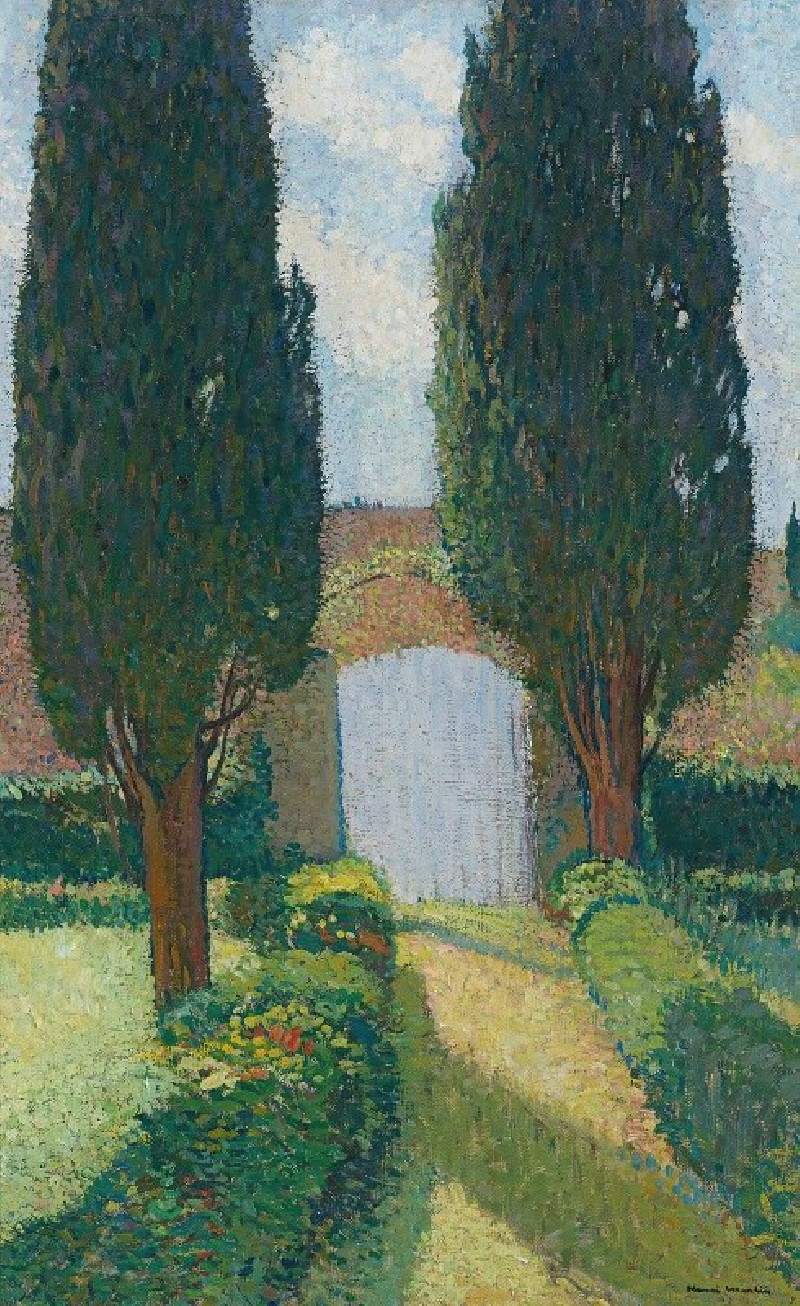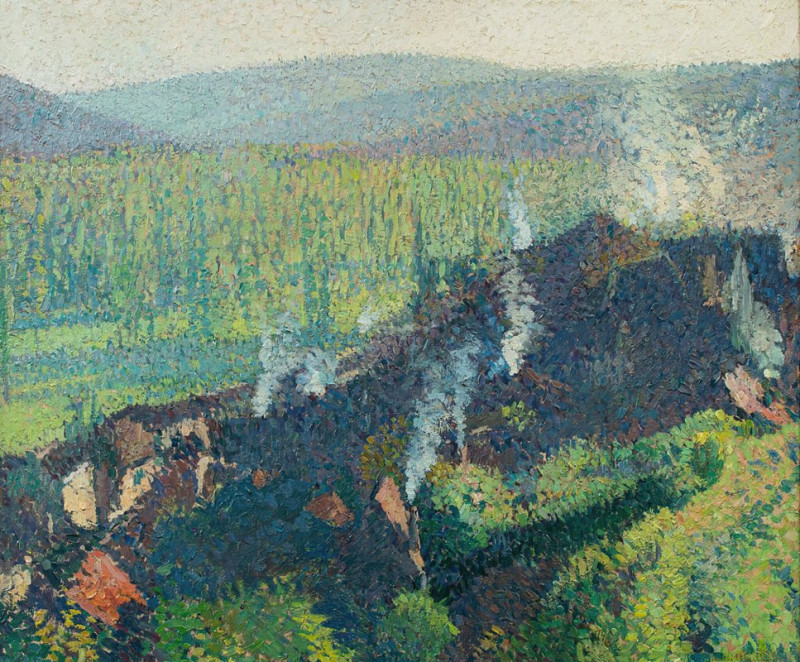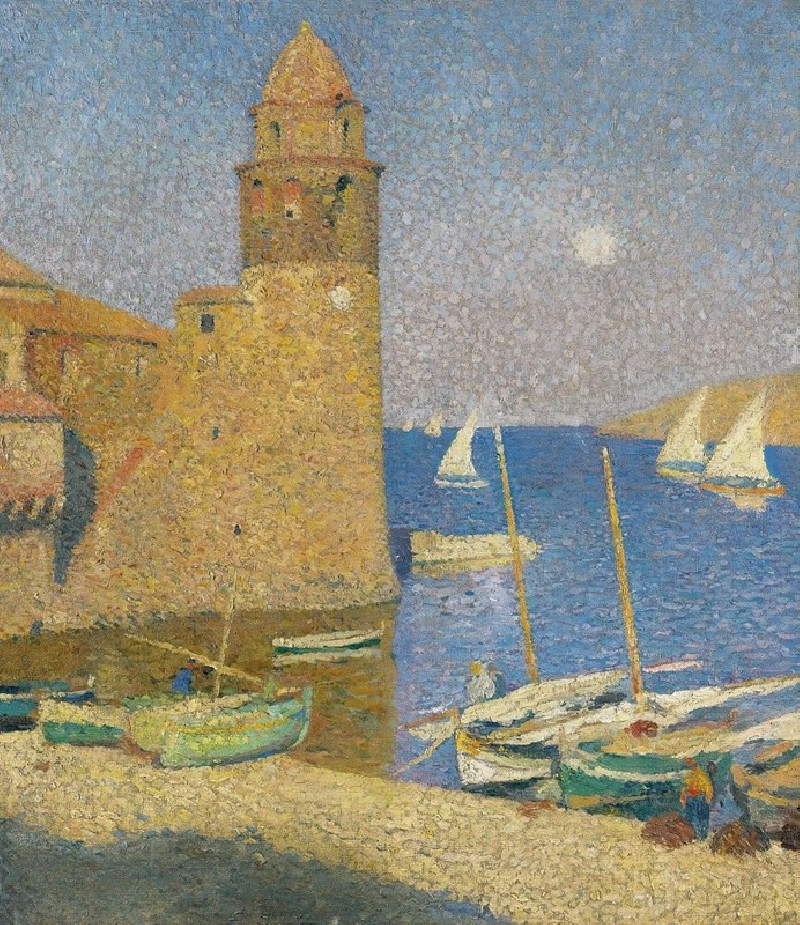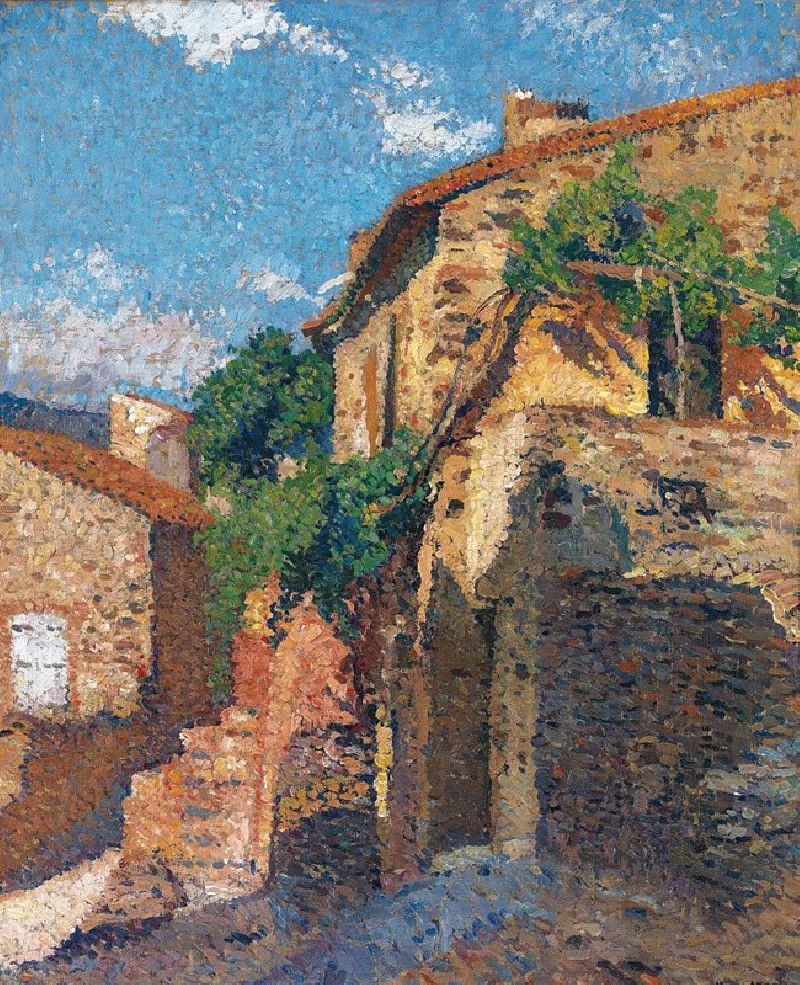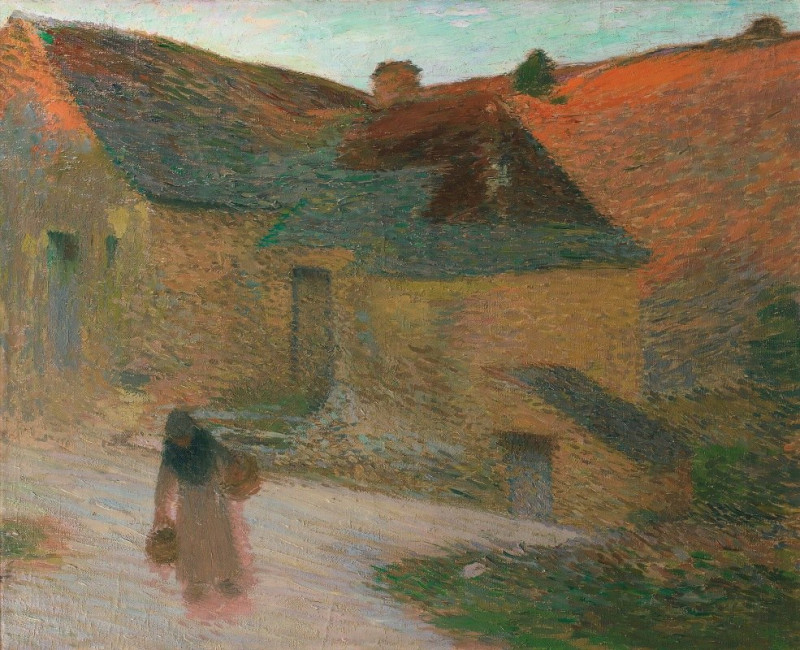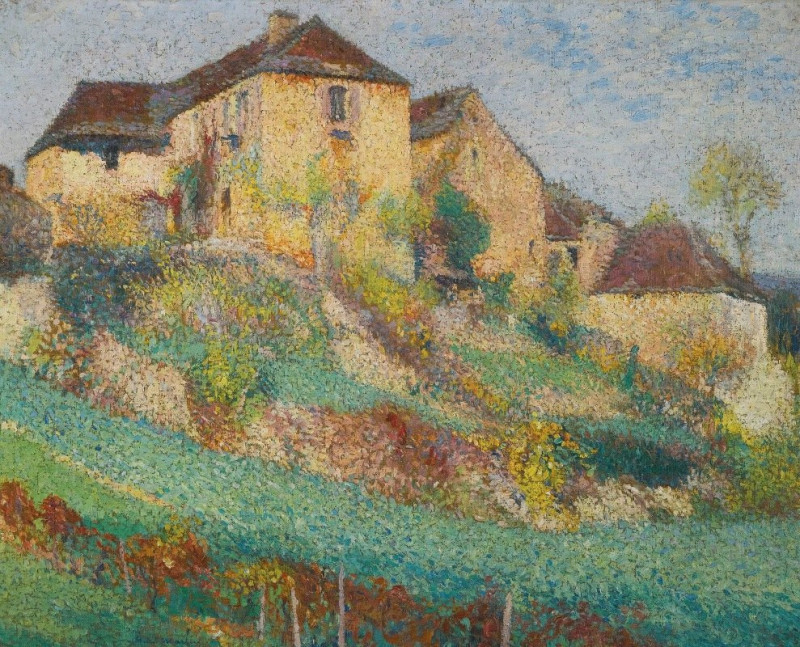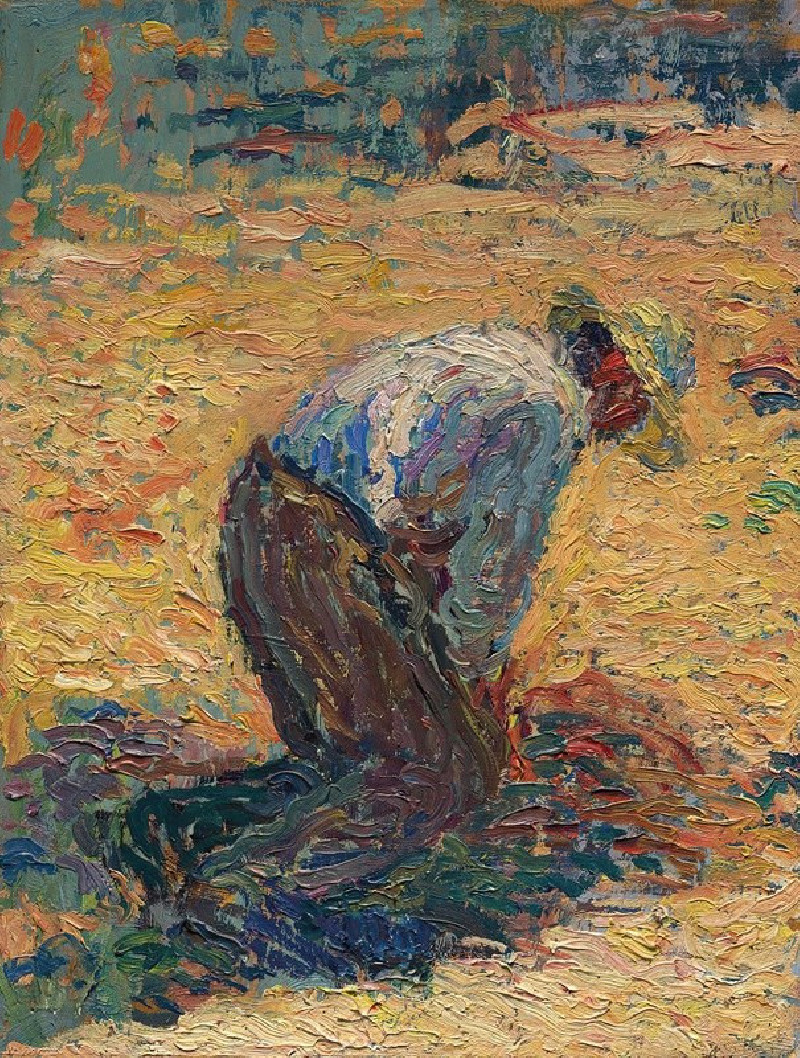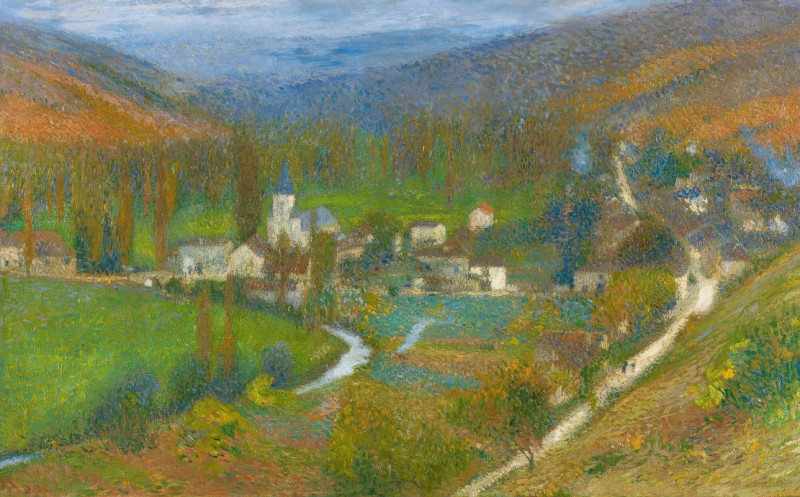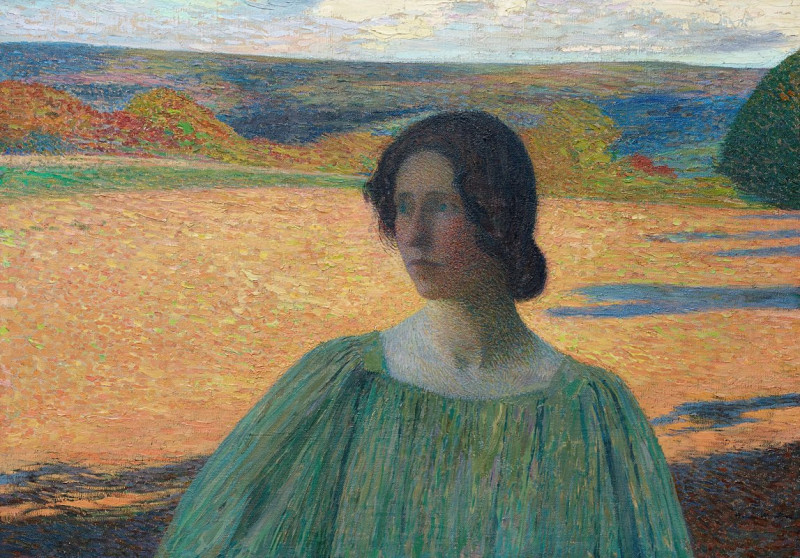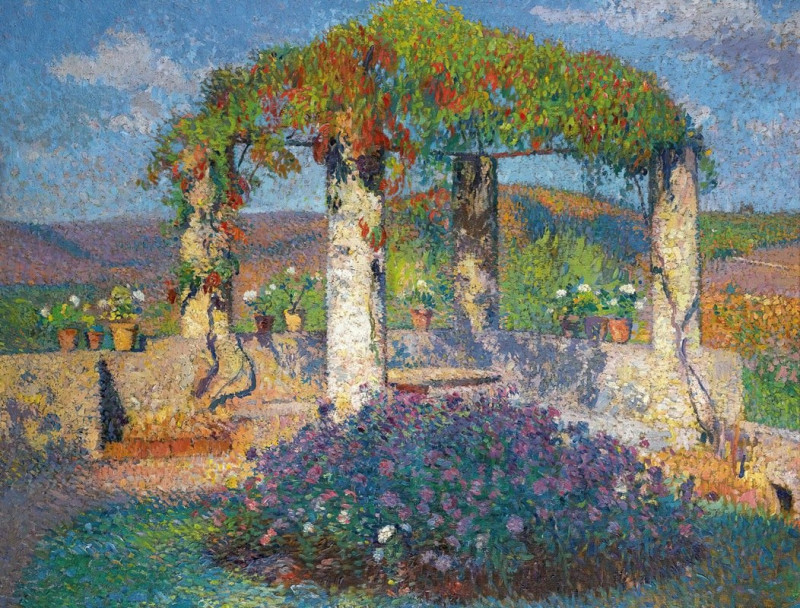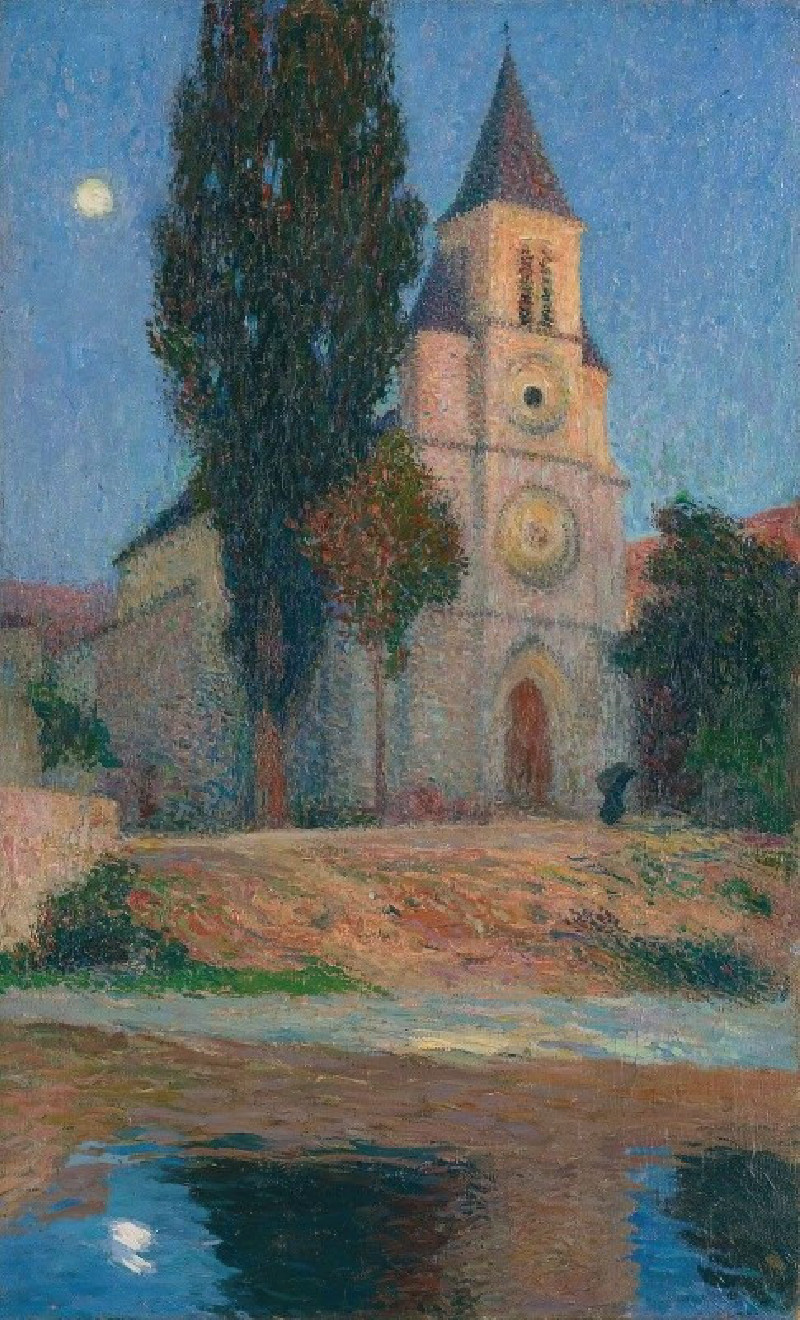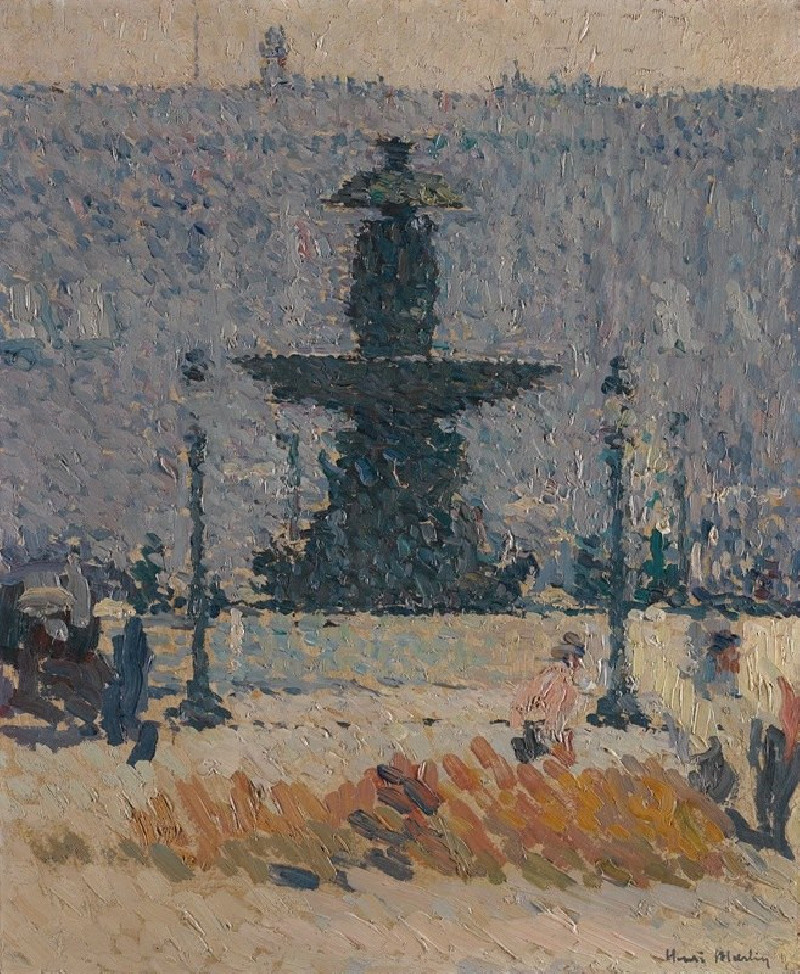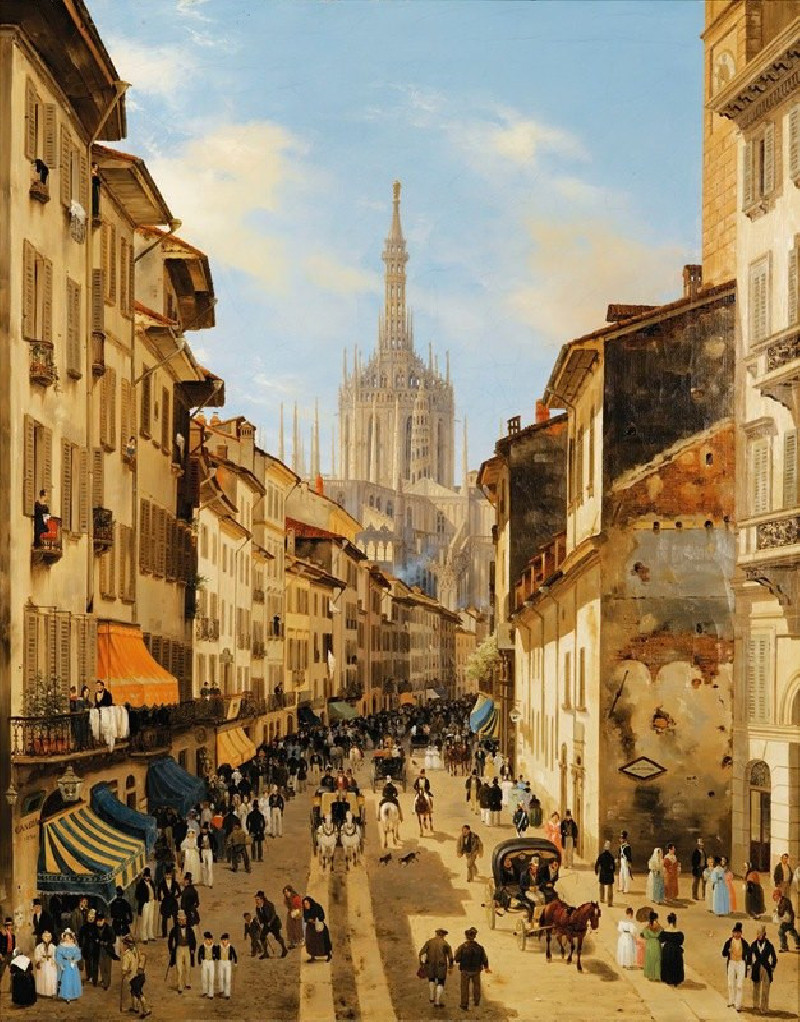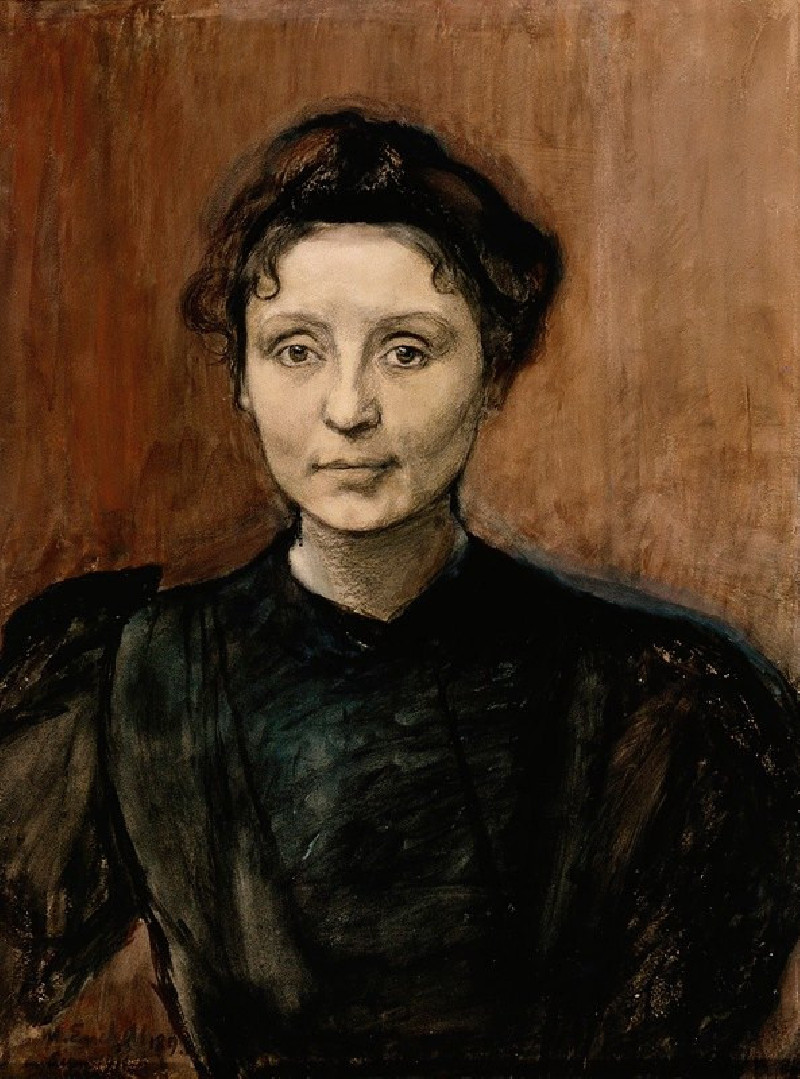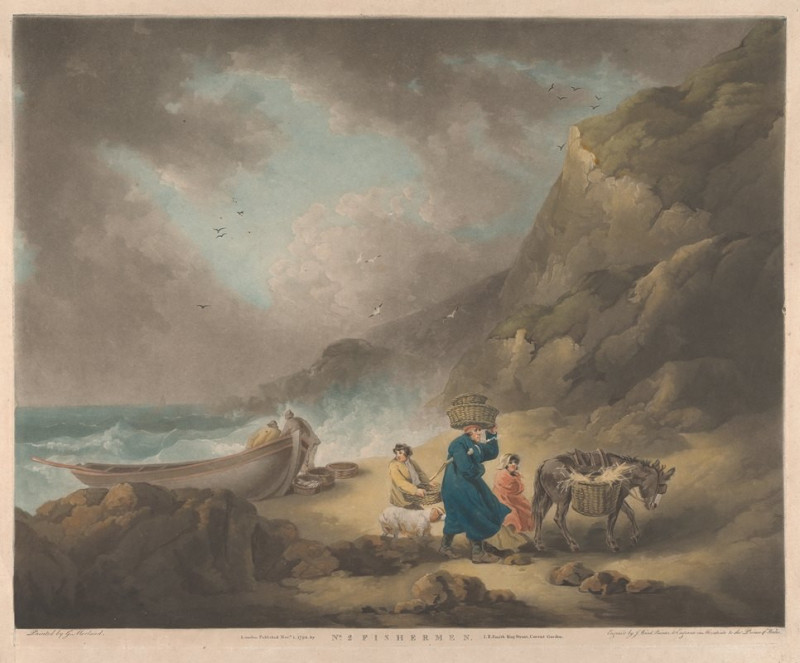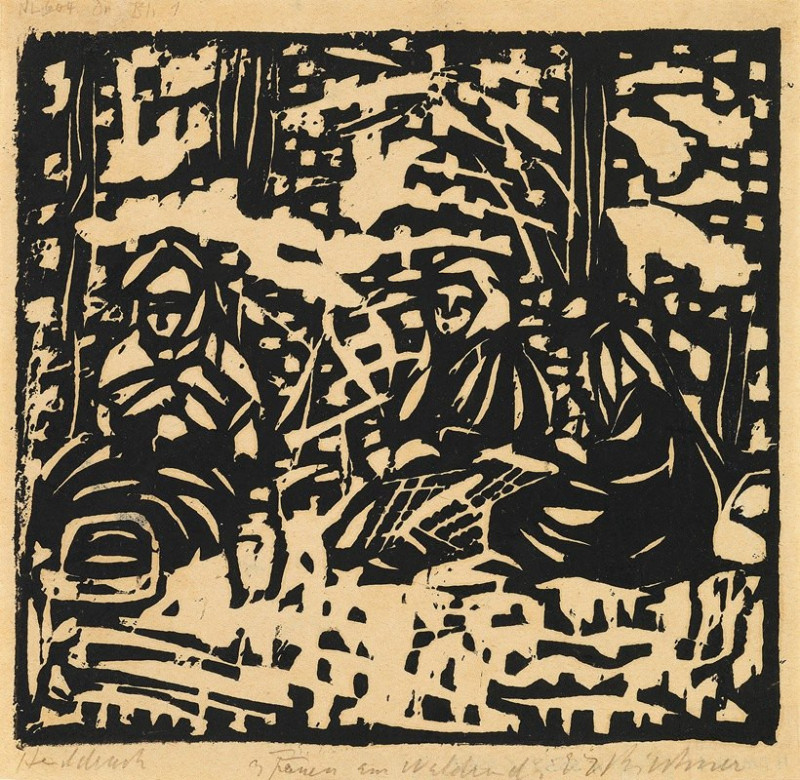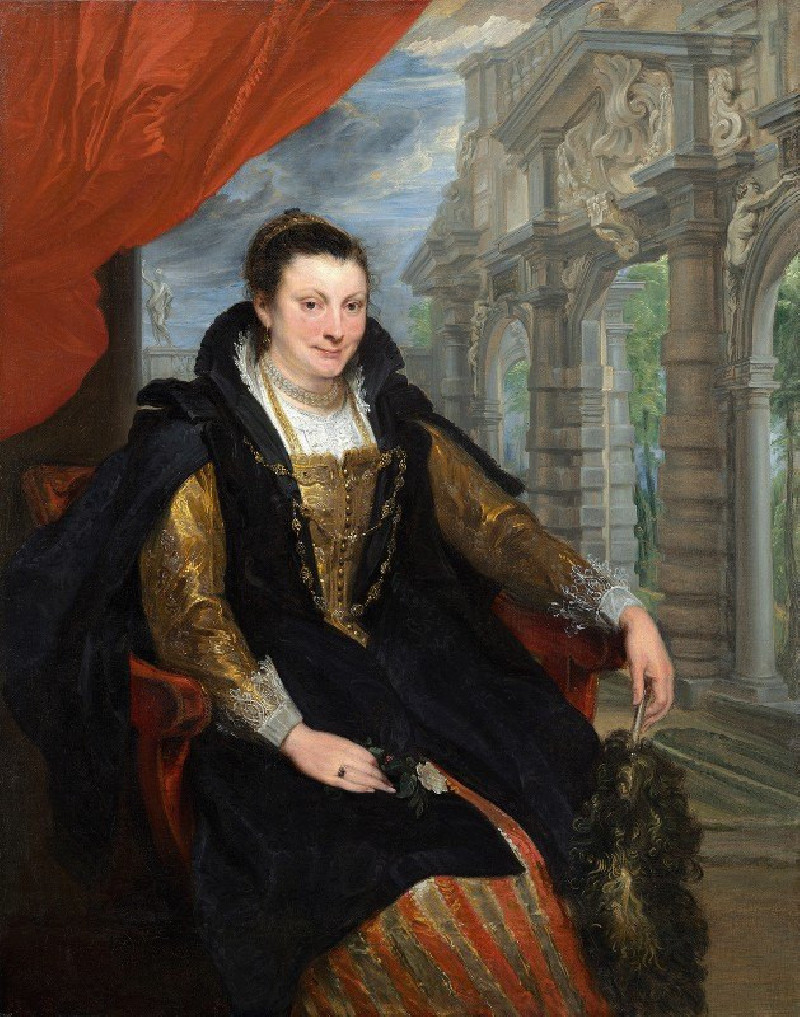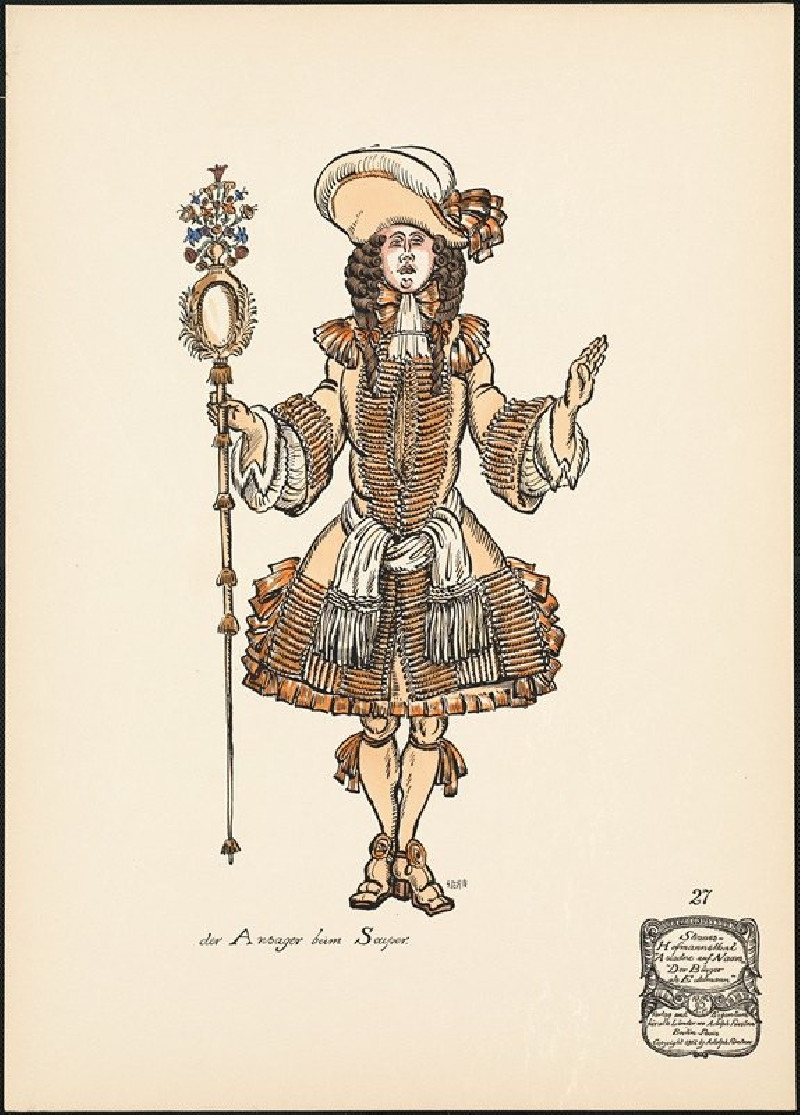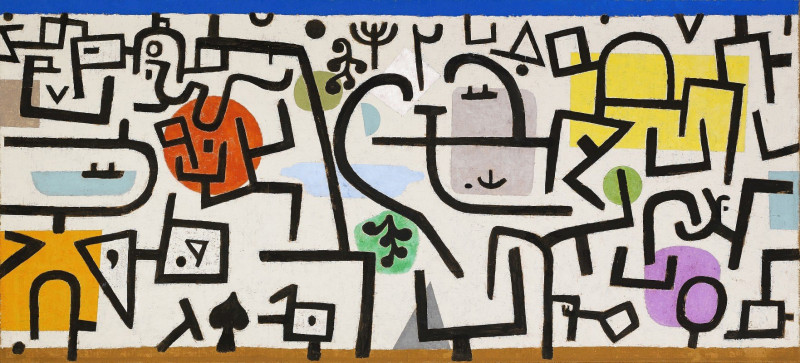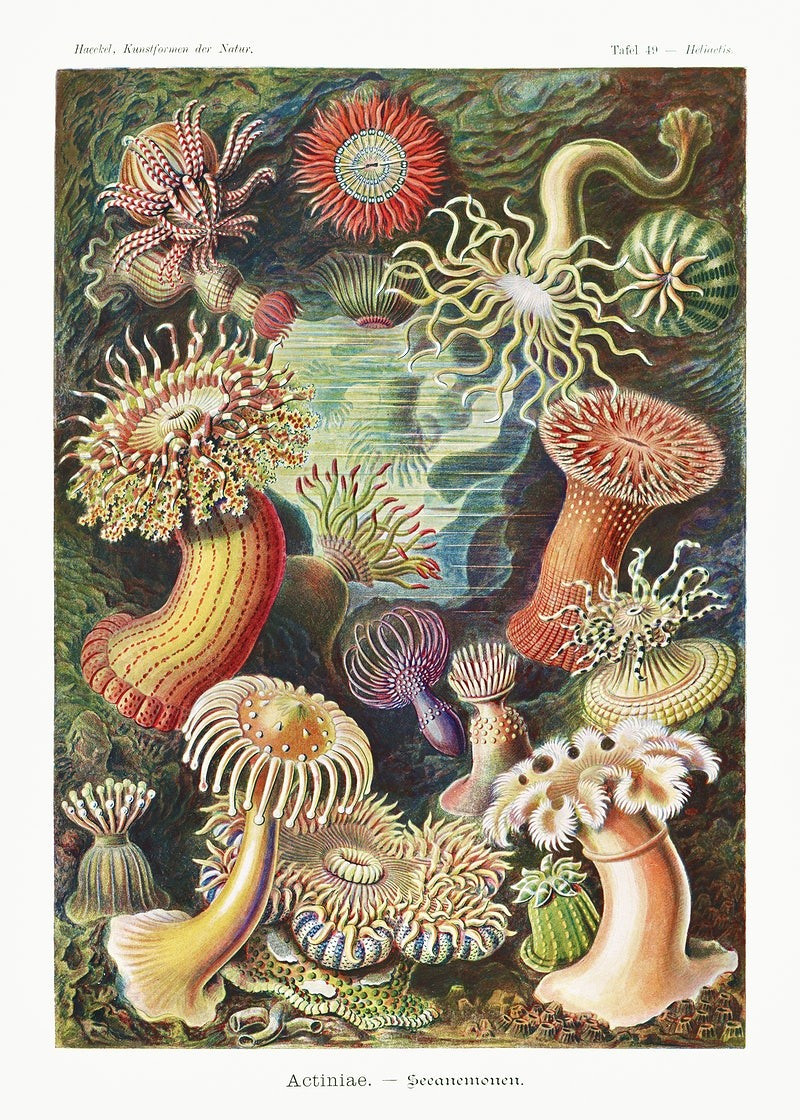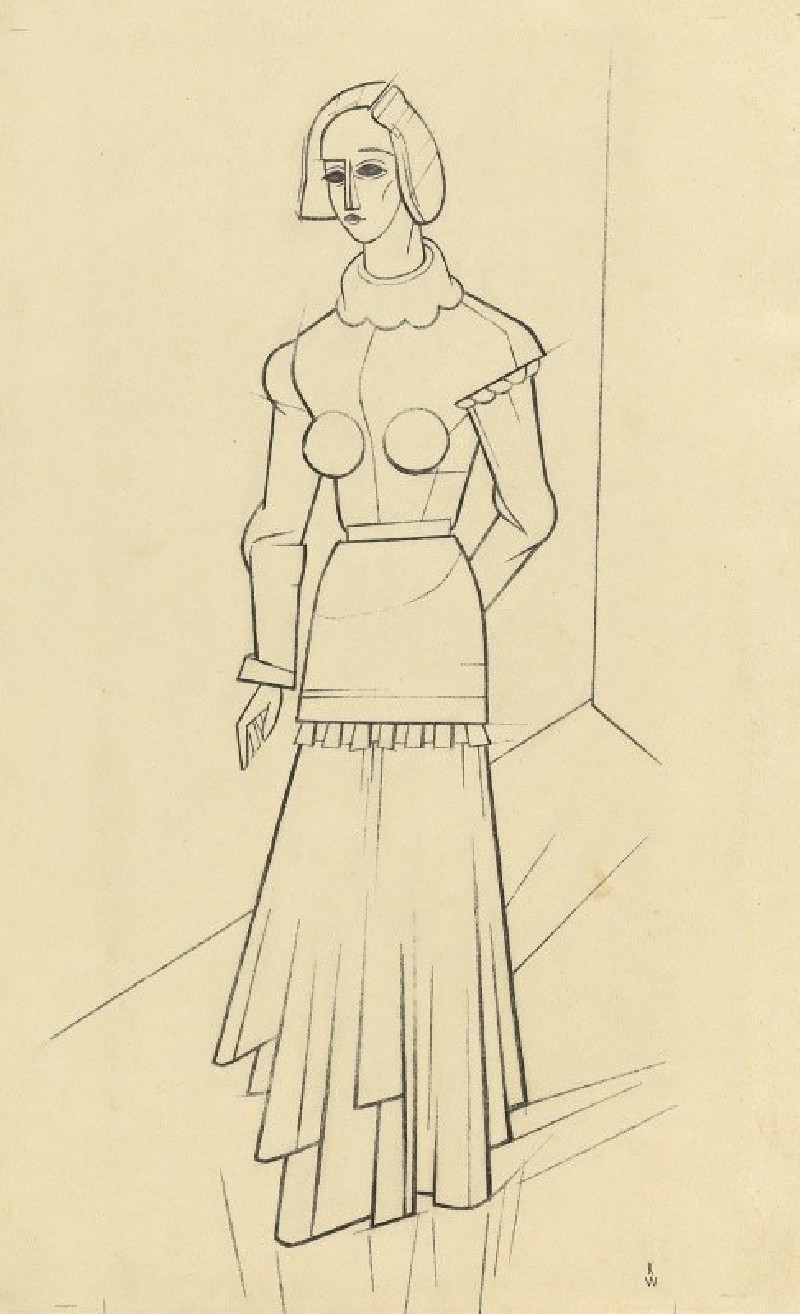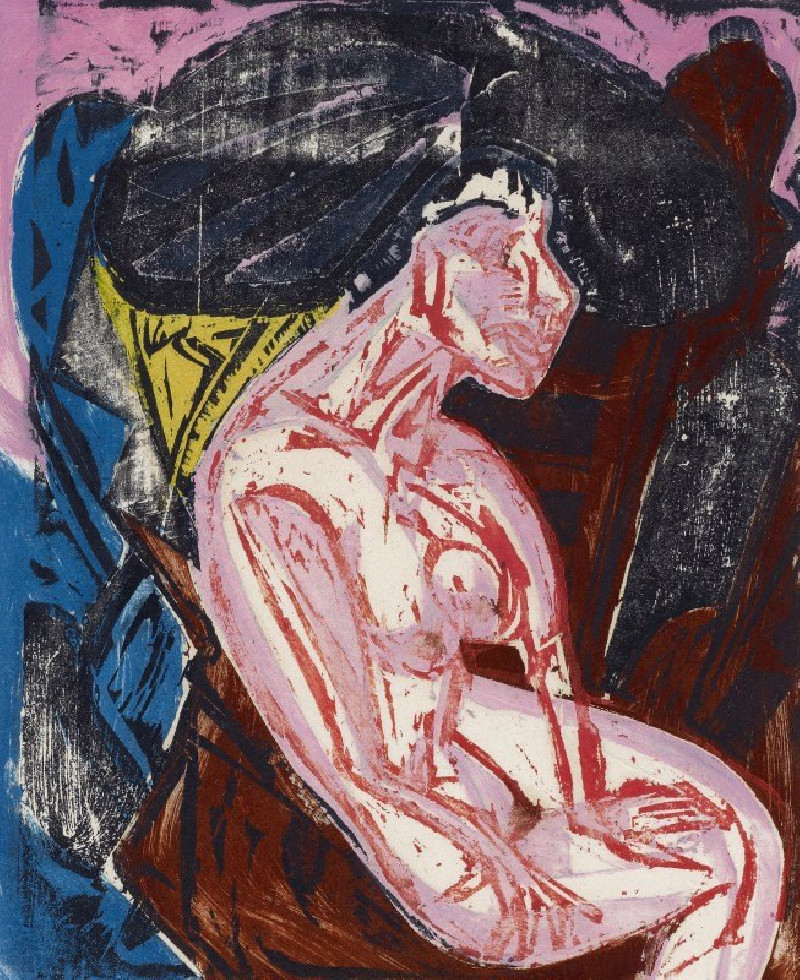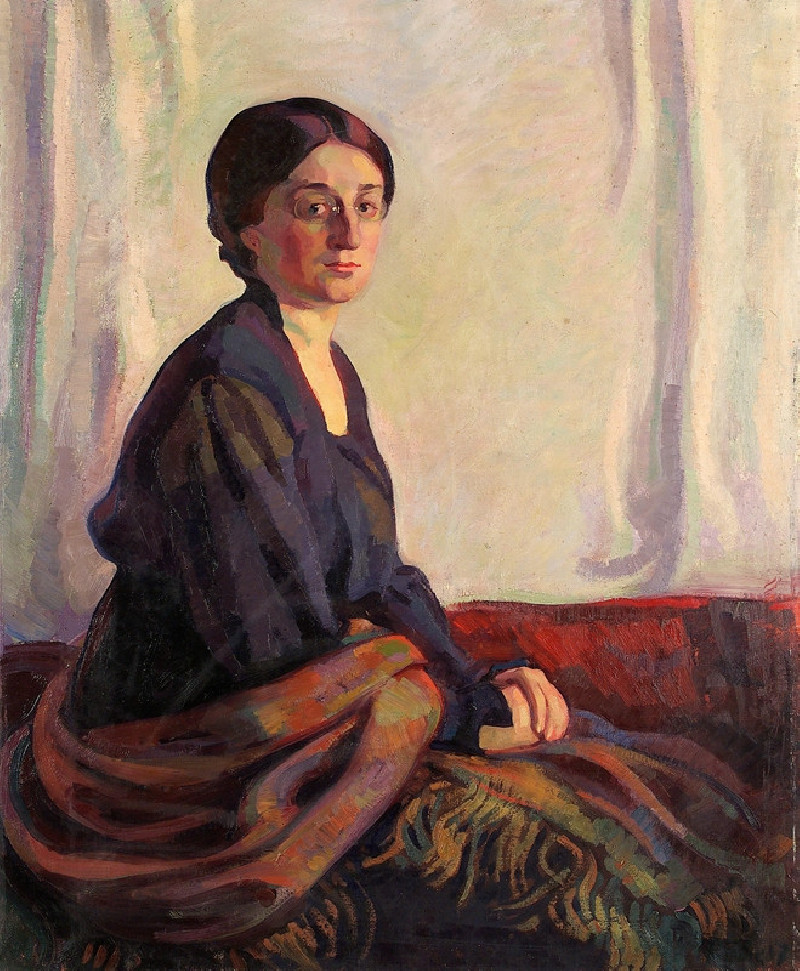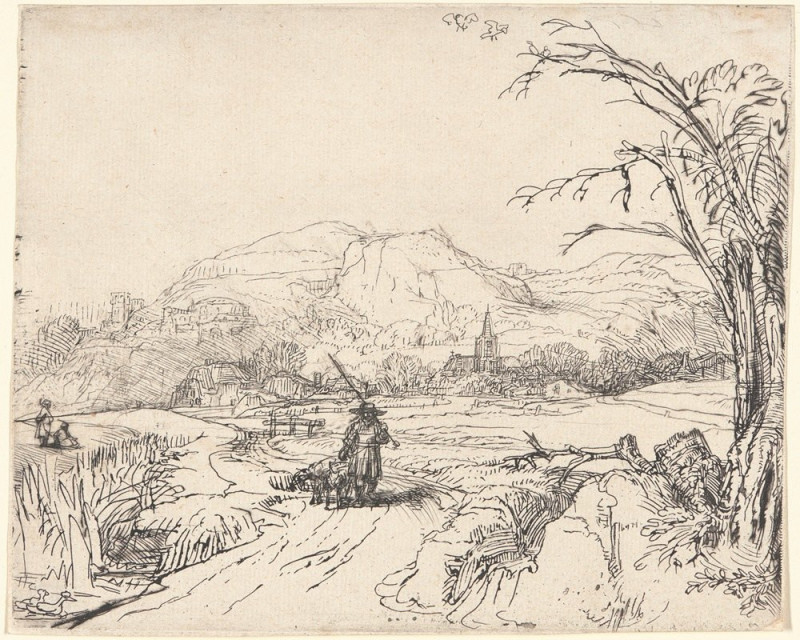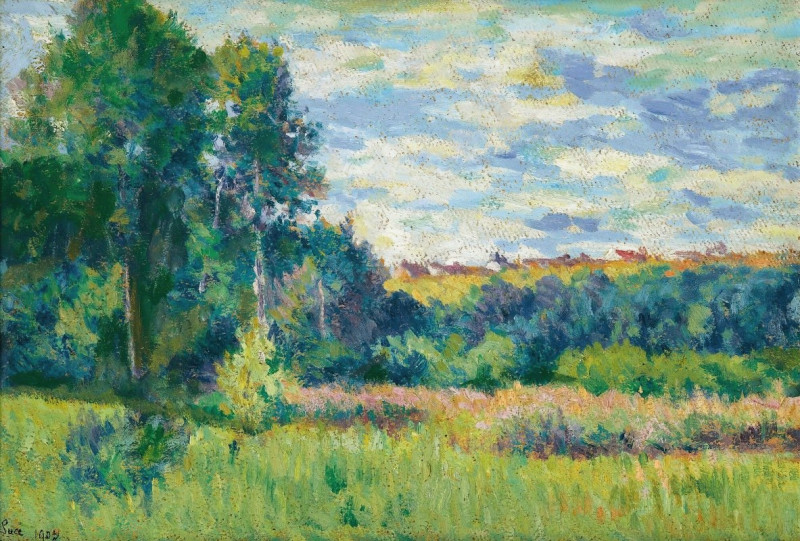Étude pour ‘La Moisson’ (1919)
Technique: Giclée quality print
Recommended by our customers
More about this artwork
In the captivating study titled "Étude pour ‘La Moisson’" (1919), Henri Martin, renowned for his involvement in the post-impressionist movement, captures the essence of rural life through his unique lens. The composition is a vivid and dynamic portrayal of the harvest, an activity intertwined with the rhythms of nature and the seasons.Henri Martin’s choice of palette swells with the rich, warm hues of the earth, intertwined with cooler tones that dance across the painting, perhaps depicting the fleeting light of a late harvest day. The scene is depicted with swirling, vigorous brushstrokes, which not only animate the canvas, but also evoke the physicality and motion inherent in harvesting crops.Central to the composition, a figure bends over the task of cutting down the ripe grain. This individual is rendered in deep, saturated blues and purples, colors which starkly contrast with the surrounding golden and green tones of the field. This use of color not only focuses our attention on the laborer but also highlights the symbiosis between human endeavor and nature’s bounty.Martin's technique is particularly notable for its abstraction. By transforming a traditional rural scene into a whirl of colors and textures, Martin breaks away from realistic representation, inviting the viewer to experience the sensation and emotive undercurrents of the harvest rather than a mere literal depiction.“Étude pour ‘La Moisson’” is not just a visual joy but also a tribute to the timeless traditions of agricultural labor, celebrating the earth and its fruits as everlasting inspirations for art.
Delivery
Returns
Henri-Jean Guillaume "Henri" Martin (5 August 1860 – 12 November 1943) was a French painter. Elected to the Académie des Beaux-Arts in 1917, he is known for his early 1920s work on the walls of the Salle de l'Assemblée générale, where the members of the Conseil d'État meet in the Palais-Royal in Paris. Other notable institutions that have featured his Post-Impressionist paintings in their halls through public procurement include the Élysée Palace, Sorbonne, Hôtel de Ville de Paris, Palais de Justice de Paris, as well as Capitole de Toulouse, although the Musée des Beaux-Arts de Bordeaux and Musée des Augustins also have sizeable public collections.


